|
This ten-seat sushi restaurant opened in December 2006, on the third floor of an unassuming building in the busy Ginza. It gained two Michelin stars in the 2011 guide, which it retained in 2012, lost in 2013, and regained in 2015. In the local kanji guide Tabelog it was voted in 2015 the second best sushi in Tokyo after the sublime Sushi Saito. Chef Harutaka Takahashi started with an apprenticeship in Hokkaido in Sapporo, and then trained with Jiro for thirteen years. Fortunately he has learned sushi skills there rather than customer service attitude, and eating here is an altogether more relaxed and pleasant experience. Seats are arrayed around a wooden counter, with two chefs making the sushi for the customers and two more in support. The meal began with a tender tiger prawn from Kyushu (this is often overcooked in sushi places, but this one was excellent), followed by a well-flavoured conger eel soup. A nicely presented dish of raw flounder and cooked barracuda followed, accompanied by a little salad. Abalone was for me the only slight misstep of the meal. Abalone needs lengthy preparation in order to avoid chewiness, and for example at Ryugin it is steamed for five hours before serving. Here it was steamed for just three hours, and retained a distinct touch of rubberiness. Things got back on track with an excellent dish of bonito dressed with leek, garlic and sesame oil, the fish having plenty of robust flavour that could easily cope with the garlic. The chefs then prepared fresh wasabi from roots (take note, almost every sushi restaurant in Britain; wasabi is a grated root, not a green coloured horseradish paste from a tube), and warmed the sushi rice, which here has red vinegar added, but not as much as at some sushi places. The appropriate levels of wasabi and soy for each fish are applied by the chef to each piece of sushi, so the only accompaniment provided is pickled ginger, which incidentally was excellent. The sushi sequence began with silky, tender squid (until I ate squid in Japan I actually assumed that it always tasted like rubber and was delighted to discover that it doesn't have to be that way). After this came a white fish called kisugo (smelt whiting in English) and then kohada or gizzard shad, which had a pleasant oiliness. Next was the traditional tuna sequence of akami, chu-toro and toro, in ascending order of fattiness. This was very good indeed, with lovely silky texture. After this came excellent aji or horse mackerel, one of my favourite sushi fish. Technically this Atlantic fish is not a mackerel at all but is of the family carangidae, so is a relative of the jack and the trevallie, and has a lovely flavour with a slightly oiliness. There was salmon roe and then the prized uni (sea urchin). Next was excellent sea bream, which avoided any hint of chewiness, something that is by no means universal even in Japan. The meal concluded with tomago, the sweet egg omelette prepared by the chefs here each day. The atmosphere was relaxed and friendly, the chefs chatting and joking with the customers. Everyone was having a good time, and the gentleman next to us with two young female companions offered us some of the wine he had bought (a Mersault Charmes 2009 from Francois Mikulski, listed at ¥18,000 compared to a UK retail price of ¥10,250) so we bought a bottle and did the same; it was that kind of evening. The place had none of the solemnity of Sawada or the rushed, barely disguised hostility of Jiro, and the meal was a charming experience, lasting a bit under two hours. The omakase meal cost €23,000 (£126) apiece, but since on this occasion we drank good wine rather than our usual beer, this brought the bill to a somewhat hefty €36,500 (£200) per person. If you drank more modestly then a cost per head of around £145 is realistic. This is not particularly excessive by the standards of a top Ginza sushi bar, and overall this was a most enjoyable evening. I would happily return. |

-
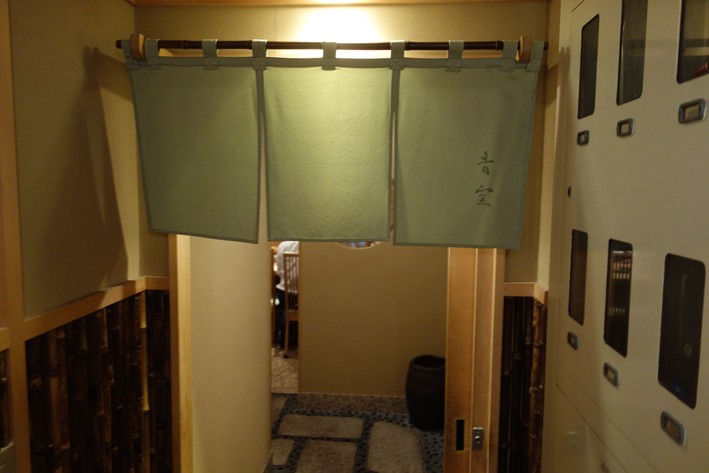 outside
outside

-
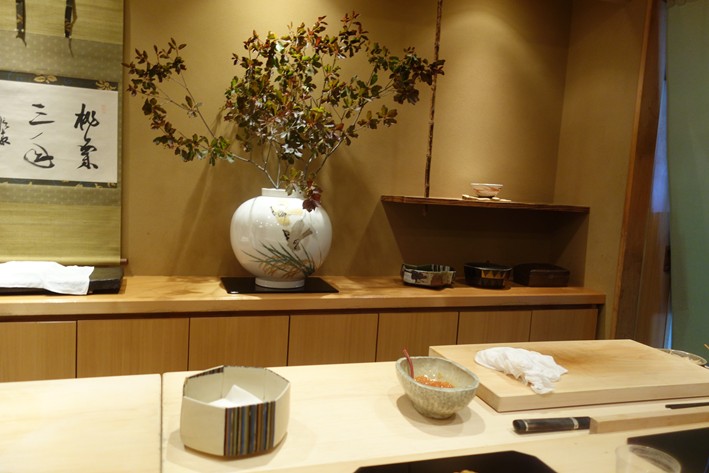 counter
counter

-
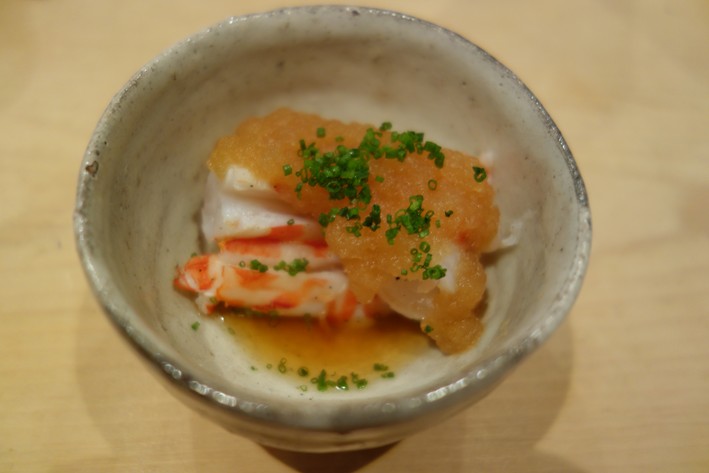 prawns
prawns

-
 bonito with garlic
bonito with garlic

-
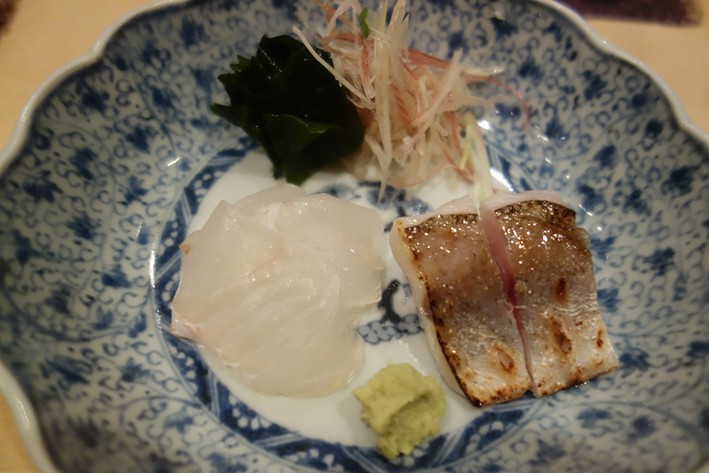 flounder and cooked barracuda
flounder and cooked barracuda

-
 smelt whiting
smelt whiting

-
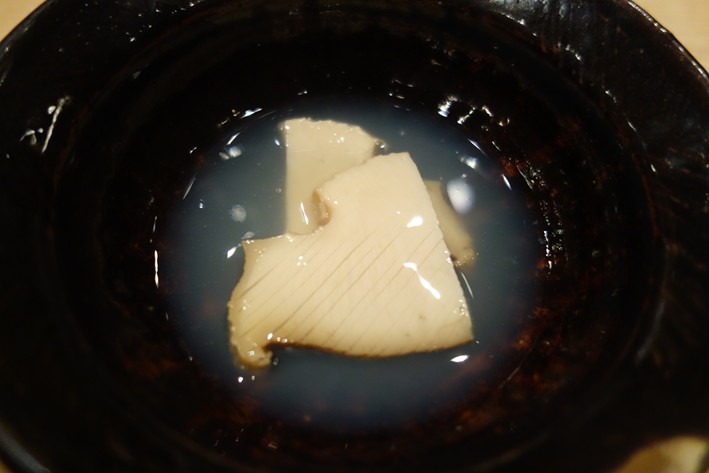 abalone
abalone

-
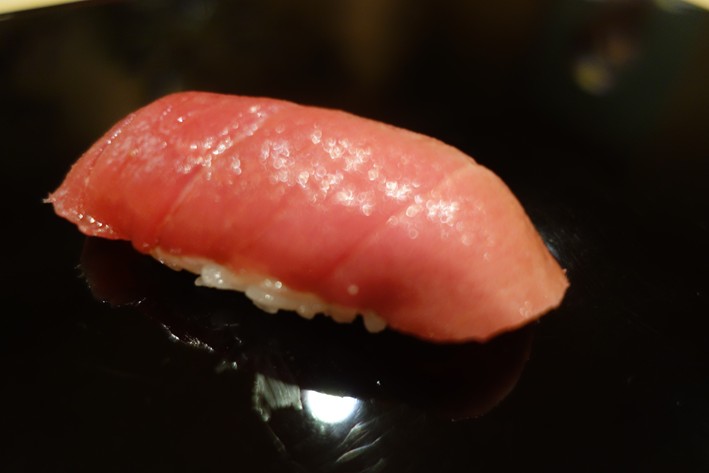 chutoro tuna
chutoro tuna

-
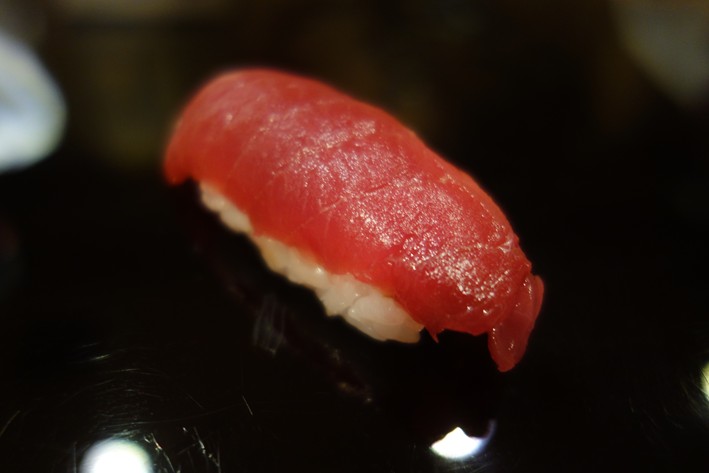 akami tuna
akami tuna

-
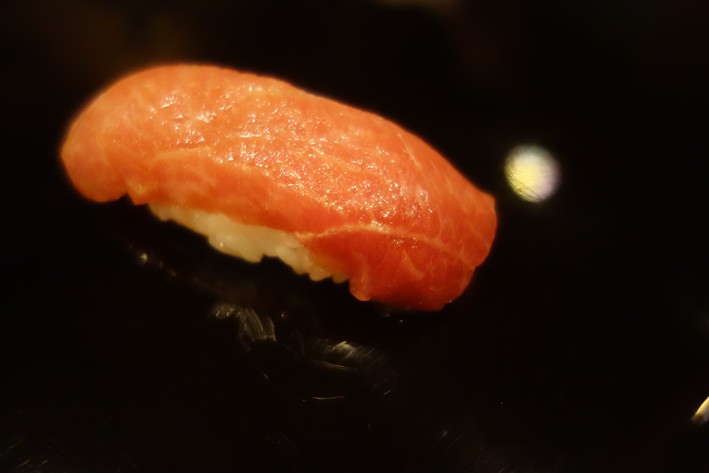 otoro tuna
otoro tuna

-
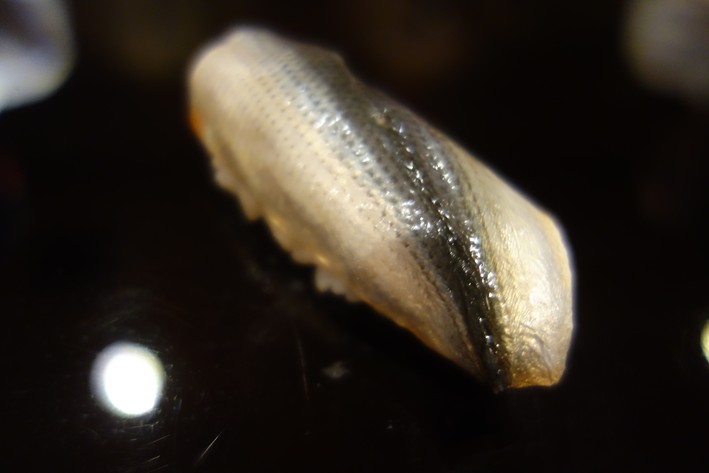 gzzard shad
gzzard shad

-
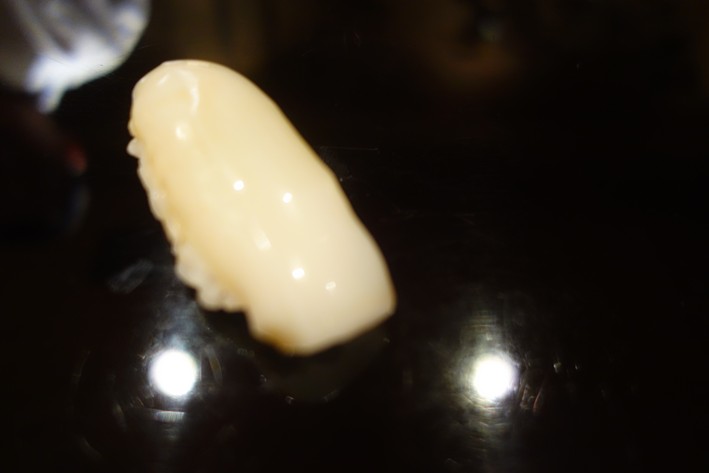 squid sushi
squid sushi

-
 horse mackerel
horse mackerel

-
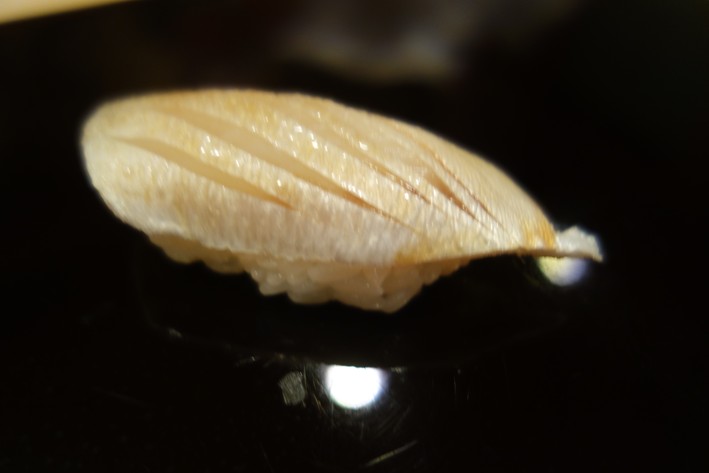 sea bream
sea bream

Japanese cuisine
 Average Price £145
Price I paid £200
Value for money
££££££
Overall rating 17/20
Michelin star
Average Price £145
Price I paid £200
Value for money
££££££
Overall rating 17/20
Michelin star

The type of cuisine served at this restaurant
Typical price for three courses and modest wine
What I actually paid on this particular visit
Calculated from overall rating/average price: £££££ is best, £ least good
Score for the food from 1 to 20, with 20 being world class
Currently has at least one Michelin star















Add a comment
Thank you for submitting your comment, this will be checked and added to the website very soon.
User comments